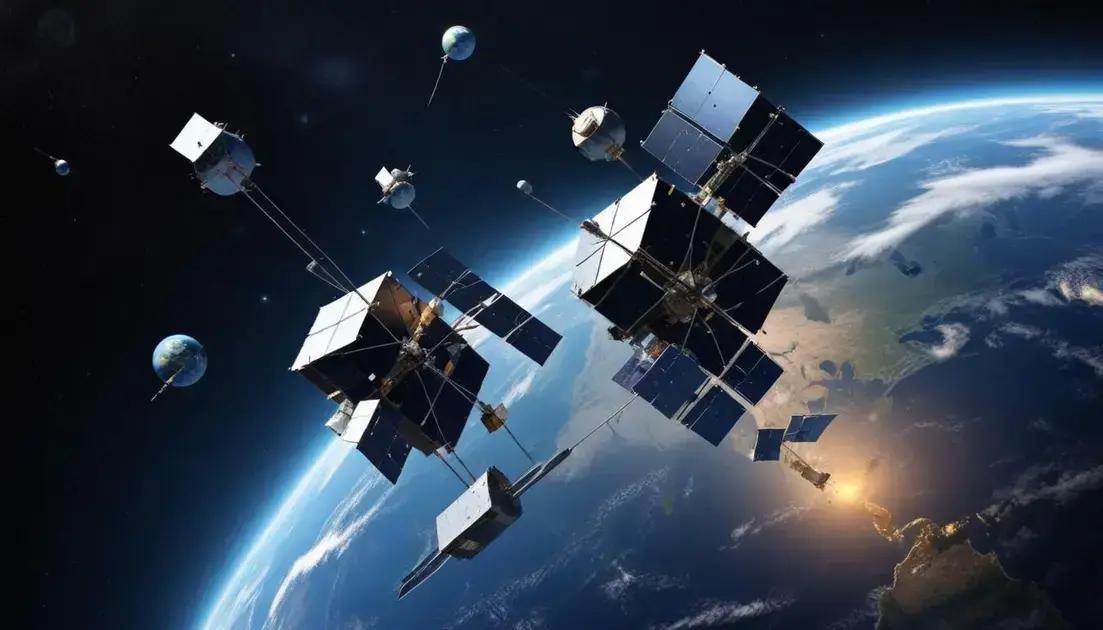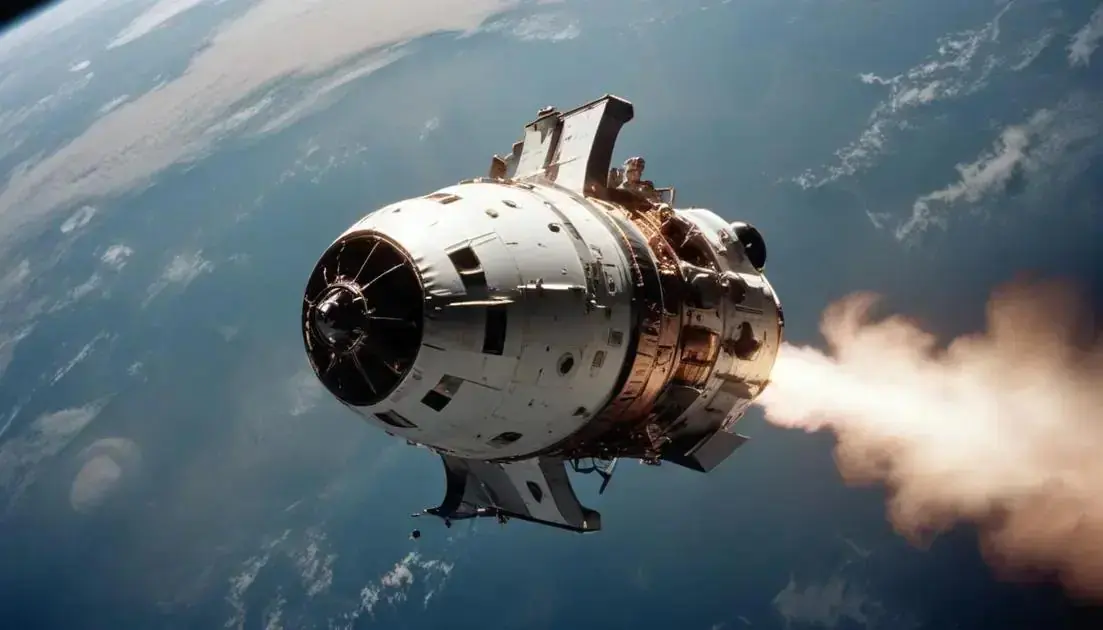
GPS: Guiding the World with Satellites
GPS technology has transformed navigation by providing accurate real-time location information through satellites. It enhances driving, walking, and biking experiences while benefiting industries like delivery and agriculture. As GPS continues to evolve, its integration into everyday life will bring even more applications, making navigation safer and more efficient for everyone.
GPS has revolutionized how we navigate the world, allowing for instant positioning and transforming both our personal and professional lives. Have you ever wondered how it all came together?
Introduction to GPS technology
GPS technology stands for Global Positioning System. It’s like having a map that tells you exactly where you are. It uses satellites high above Earth to give you your location. When you use a GPS, you get real-time info. This can help you drive, walk, or even find your way when you’re biking.
How does it work? Well, the GPS device connects to at least four satellites. It measures how long it takes for the signal to travel to your device. By calculating this time, it finds your exact spot on Earth. It’s pretty amazing, right?
GPS isn’t just for finding directions. It helps in many ways. Delivery services use it to track packages. Even farmers use GPS for planting and harvesting crops. From your phone to your car, GPS is everywhere!
As GPS technology continues to improve, we can expect even more benefits. Imagine being guided through a busy city or finding the quickest route home. It’s all thanks to that little device that talks to satellites in space!
How satellites work in navigation
Satellites play a vital role in navigation. They orbit high above Earth and send signals to GPS devices. When you use a GPS, it connects with multiple satellites at once. This helps it pinpoint your exact location.
How does this happen? Each satellite has a unique signal. Your GPS device picks up these signals and measures how long it takes for them to arrive. By using this timing, it can calculate your position on the map.
To get accurate information, a GPS needs data from at least four satellites. The more satellites it connects to, the better the accuracy. This is crucial when you’re driving or hiking in a new place.
But satellites don’t just help with directions. They also provide information about speed and altitude. This can help you understand how fast you’re moving or how high you are, which can be important for various activities.
Overall, satellites make navigation easier and safer. Thanks to this technology, we can explore with confidence, knowing we won’t get lost!
Applications of GPS in daily life
GPS technology is everywhere in our daily lives, making things easier and safer. One of the most common uses is for driving. Nowadays, most cars have built-in GPS. They help you find the best routes and avoid traffic.
But it’s not just for cars. People use GPS for walking and biking too. Apps on smartphones give you directions and guidance. You can explore new cities without worrying about getting lost.
GPS also plays a role in deliveries. Companies use it to track packages. This way, you know exactly when your order will arrive at your door. It makes online shopping even more convenient.
In addition, sports enthusiasts love GPS. Cyclists and runners use fitness trackers that include GPS. It helps them measure distance, speed, and even routes taken during their workouts. It’s a great way to stay motivated!
Finally, GPS helps improve safety. Emergency services can find you quickly if you’re in trouble. Just giving them your location can save valuable time in an emergency situation.
Future of GPS and satellite technology
The future of GPS and satellite technology looks bright and full of possibilities. As technology advances, we can expect even better accuracy. New satellites are being designed to provide improved signals, which means better navigation for everyone.
One exciting trend is the use of smaller satellites. These cubesats can be launched more easily and cheaply. They will work alongside larger satellites, helping to expand coverage and improve service.
Another area of growth is the integration of GPS with other technologies. For example, GPS can work with smartphones and smartwatches. This way, people can have precise location information right on their wrist.
In addition, GPS technology is expanding into new fields. Areas like agriculture and transportation are seeing exciting applications. Farmers can use GPS for precision farming, ensuring they plant and harvest at the right times.
Future developments may also include more advanced features like real-time traffic updates and enhanced safety measures. This will make navigating easier and help drivers avoid accidents.
Conclusion on the impact of GPS
GPS technology has changed how we navigate and interact with the world. It’s made traveling safer and easier for everyone. With GPS, you can find your way in unfamiliar places without stress.
This technology also supports various industries. For instance, delivery services rely on GPS to optimize routes and ensure timely deliveries. Farmers use GPS for precision agriculture, leading to better crop yields.
Moreover, GPS has enhanced public safety. Emergency services can respond faster by locating incidents accurately. This can save lives and make our communities safer.
Looking ahead, GPS will continue to evolve. New advancements will bring even more applications and benefits. As technology improves, we can expect an even larger impact on our daily lives.
Conclusion
In conclusion, GPS technology has significantly improved how we navigate and live our daily lives. It has made finding directions easier and safer for everyone. Whether you’re driving, walking, or biking, GPS helps you get where you need to go without getting lost.
Moreover, the impact of GPS reaches beyond personal use. Many industries, like delivery services and agriculture, benefit greatly from GPS applications. This technology helps businesses operate more efficiently and makes life easier for people everywhere.
As we look to the future, GPS will continue to evolve. New advancements will bring exciting possibilities. This technology will likely become even more integrated into our daily routines, enhancing our overall experience. Embracing these changes means embracing a world where navigation and information are at our fingertips.


